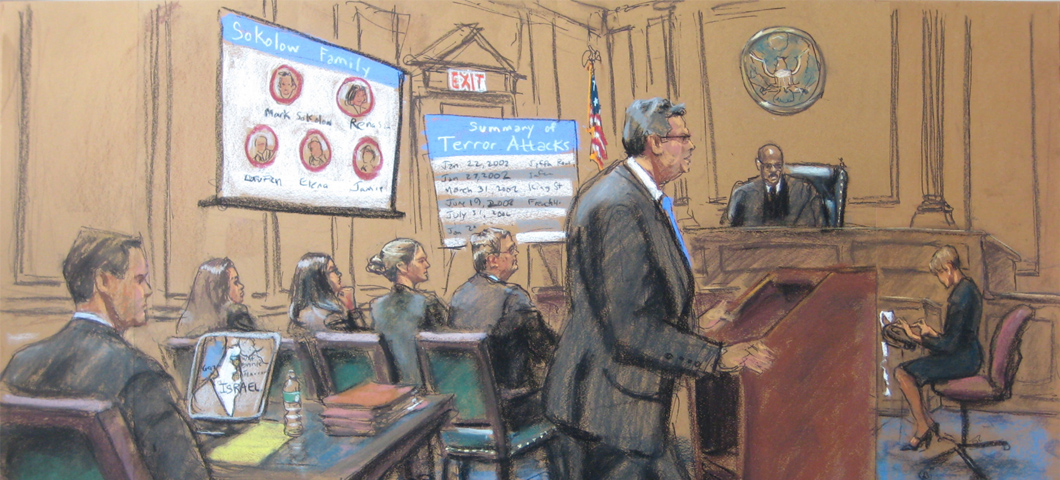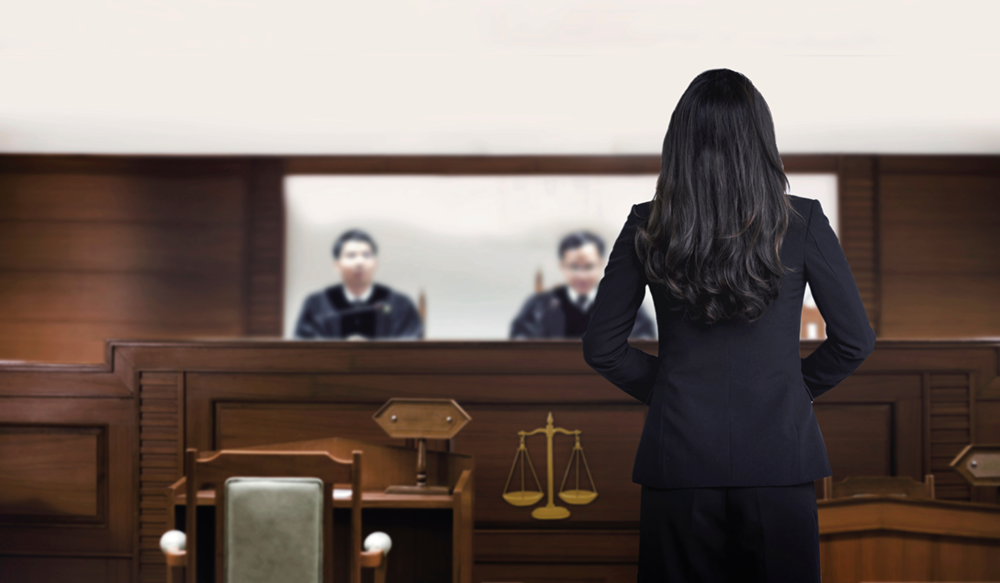Navigating the Complexities of Test Presentations: Tips for Seamless Delivery and Compelling Arguments
In the realm of legal proceedings, the art of test discussion stands as a vital determinant of success. The complexities intrinsic in trial discussions call for a delicate balance of method, finesse, and ability.

Recognizing Trial Goals
To successfully browse a trial, it is important to have a clear understanding of the goals that need to be accomplished. Before stepping into the court, legal teams should define their objectives and preferred results. These purposes work as directing concepts throughout the test, forming strategies and affecting decision-making procedures.
Comprehending trial objectives involves a detailed evaluation of the case, lawful precedents, and the client's benefits. Trial Presentations. It requires a thorough evaluation of the realities, recognizing essential issues, and preparing for possible obstacles. By setting details and quantifiable objectives, lawyers can tailor their debates and presentations to align with the preferred results
In addition, a clear grasp of trial objectives makes it possible for legal teams to focus on proof, witnesses, and legal arguments successfully. It permits the development of a meaningful story that resonates with the court and court, enhancing the total case discussion.

Organizing Proof Effectively
Having a clear understanding of trial purposes lays the structure for arranging proof efficiently in lawful process - Trial Presentations. By straightening the presentation of evidence with the preferred results of the test, lawful teams can reinforce their arguments and boost their persuasiveness. One crucial aspect of organizing evidence is categorization. Organizing proof based on motifs or significance to details lawful elements can help streamline the discussion and make complicated information much more absorbable for the judge or jury.
Another crucial element in organizing evidence effectively is establishing a rational flow. Presenting proof in a sequential and coherent manner can aid construct a compelling story that sustains the lawful debates being made. Additionally, making use of visual aids such as graphs, timelines, or charts can additionally enhance the company of evidence and help in making clear complicated relationships or sequences of occasions.
Moreover, making sure that all evidence provided is pertinent and admissible to the situation is necessary. Inadmissible or unimportant proof can detract from the stamina of the disagreement and possibly damage the credibility of today event. A thorough review and option procedure need to be undertaken to consist of only the most impactful and legitimately sound evidence in the trial presentation.
Crafting Influential Stories
Crafting compelling stories plays an essential role in presenting convincing disagreements throughout legal proceedings. When creating a narrative for a test presentation, it is necessary to develop a clear storyline that highlights essential points and links them in a meaningful manner. By weaving with each other proof, statement, and legal debates right into a cohesive and persuasive story, lawful experts can effectively support for their customers and enhance the chance of a desirable end result in the court room.
Understanding Aesthetic Aids
Reliable use visual help is essential to enhancing the impact and clearness of test presentations. Visual aids, when used purposefully, have the power to streamline complex information, strengthen vital points, and leave a long-term Read Full Article impression on the judge and court. To grasp aesthetic aids in trial presentations, it is essential to make certain that they are clear, concise, and pertinent to the disagreements being made.
When incorporating aesthetic aids, such as graphes, timelines, photos, or graphs, right into a test presentation, it is vital to keep them aesthetically appealing yet expert. The visuals should complement the verbal arguments, offering a graph of the details being gone over without frustrating the audience with unneeded details.
In addition, exercising with the aesthetic aids in advance is imperative to make certain a seamless shipment throughout the test. Acquainting oneself with the content, shifts, and timings of each visual help can help maintain the flow of the discussion and avoid technical glitches that may occur.
Delivering Impactful Closing Debates
A compelling closing debate serves as the culmination of a trial presentation, encapsulating the core narrative and persuading the judge and jury in the direction of a positive decision. click Begin by outlining the major debates that sustain your client's setting, stressing why the proof provided throughout the test supports your story.
Furthermore, incorporating emotional allure can additionally strengthen your closing disagreement. Ultimately, a well-crafted closing disagreement must leave a lasting perception, engaging the court and jury to rule in your client's support.
Conclusion
Finally, grasping trial presentations involves comprehending purposes, arranging evidence, crafting narratives, using aesthetic help, and supplying impactful closing arguments. By implementing these techniques successfully, attorneys can provide their instance effortlessly and make engaging disagreements in the court. It is vital to browse the complexities of trial presentations with accuracy and ability to attain success in lawful procedures.
By aligning the presentation of evidence with the desired Full Article outcomes of the test, legal groups can enhance their arguments and improve their persuasiveness (Trial Presentations). To understand visual aids in trial discussions, it is crucial to ensure that they are clear, succinct, and pertinent to the arguments being made
An engaging closing argument serves as the culmination of a trial presentation, encapsulating the core narrative and persuading the court and jury in the direction of a positive decision. Begin by outlining the primary disagreements that sustain your customer's setting, highlighting why the proof provided throughout the trial supports your story.In conclusion, grasping test discussions includes recognizing purposes, organizing evidence, crafting narratives, using visual help, and delivering impactful closing disagreements.